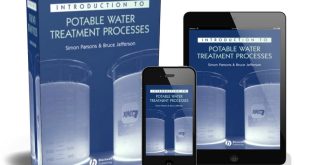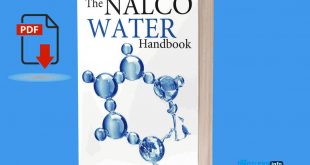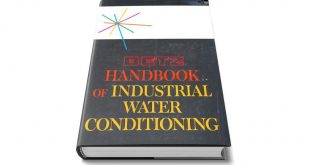Introduction
When it comes to obtaining clean and purified water, the reverse osmosis (RO) system is a popular choice for many households and industries. Reverse osmosis utilizes a fascinating process to remove impurities and contaminants from water, providing high-quality drinking water and various industrial applications. In this article, we will explore the principle of reverse osmosis, the recovery ratio of the RO process, the use of RO systems in homes and boilers, and the benefits they offer.
What is Reverse Osmosis (RO)?
Reverse osmosis is a water purification technology that utilizes a semipermeable membrane to remove impurities from water. It is based on the principle of osmosis, which is the natural process of water molecules moving from an area of lower solute concentration to an area of higher solute concentration. In reverse osmosis, this process is reversed by applying external pressure to overcome the osmotic pressure and force water through the membrane, leaving behind the impurities.
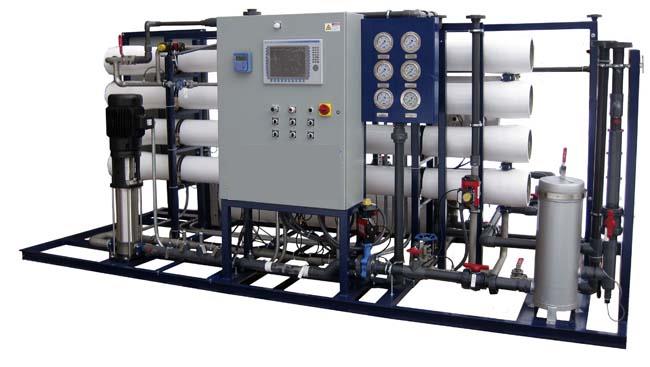
How does Reverse Osmosis Work?
Reverse osmosis systems consist of multiple stages of filtration to ensure effective purification. The process typically involves pre-filtration, membrane filtration, and post-filtration. During pre-filtration, sediment and larger particles are removed to protect the membrane. The water then passes through the semipermeable membrane, where dissolved solids, chemicals, bacteria, viruses, and other contaminants are trapped and separated from the pure water. Finally, the purified water undergoes post-filtration to further enhance its quality before storage or distribution.
Principle of Reverse Osmosis (RO)?
The principle of reverse osmosis (RO) involves using pressure to reverse the natural process of osmosis. Osmosis is the movement of water molecules from an area of lower solute concentration to an area of higher solute concentration across a semipermeable membrane. In reverse osmosis, pressure is applied to the side with a higher solute concentration, forcing water molecules to move in the opposite direction, from the concentrated side to the side with a lower solute concentration. This process allows the semipermeable membrane to effectively remove impurities and contaminants, resulting in purified water on the other side of the membrane.
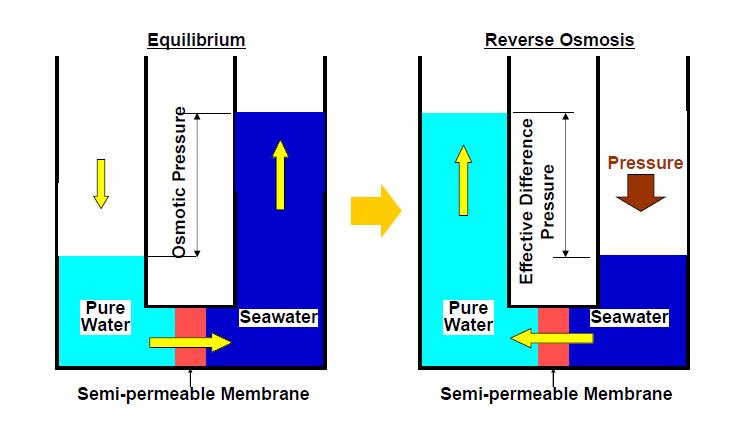
The Recovery Ratio of RO Process
The recovery ratio refers to the amount of purified water produced by an RO system compared to the amount of feed water it processes. It is an important parameter that determines the efficiency of the RO process. A higher recovery ratio means that a larger percentage of the feed water is converted into purified water, while the remaining portion is discharged as concentrate or brine. Achieving an optimal recovery ratio is crucial to strike a balance between water conservation and system performance.
Importance of Recovery Ratio in RO Systems
Maintaining an appropriate recovery ratio is vital for several reasons. Firstly, it helps conserve water by minimizing wastage. Secondly, it influences the efficiency of the system and its ability to remove impurities effectively. A low recovery ratio may result in a higher concentration of impurities in the concentrate, reducing the overall quality of the purified water. Therefore, it is essential to design and operate RO systems with an optimal recovery ratio that suits the specific water quality requirements and the intended application.
The Reverse Osmosis System for Home
Many homeowners choose to install reverse osmosis systems to ensure clean and safe drinking water. The RO system effectively removes various contaminants, including dissolved solids, heavy metals, chlorine, pesticides, and bacteria, providing crisp and refreshing drinking water. The benefits of using an RO system at home are numerous, such as improved taste, odor, and clarity of water. Additionally, it eliminates the need for bottled water, reducing plastic waste and saving costs in the long run.
Components of a Residential RO System
A typical home RO system consists of several components. These include a pre-filter to remove sediments and particles, a carbon filter to remove chlorine and organic compounds, a reverse osmosis membrane to remove dissolved solids, a storage tank to store the purified water, and a post-filter to enhance taste and remove any remaining impurities. The system may also include a faucet or dispenser for easy access to the purified water.
Installation and Maintenance of a Home RO System
Installing a home RO system is relatively straightforward and can be done by following the manufacturer’s instructions or with the help of a professional plumber. Regular maintenance is essential to ensure the system operates optimally. This includes periodically replacing the pre-filters, carbon filters, and RO membrane as recommended by the manufacturer. Additionally, sanitizing the system and checking for any leaks or malfunctions will help prolong its lifespan and maintain water quality.

The Reverse Osmosis System for Boilers
Reverse osmosis systems also play a crucial role in boiler water treatment for industrial applications. Boilers require high-quality water to prevent scale formation, corrosion, and other operational issues. The use of RO water in boilers offers several advantages, including improved heat transfer efficiency, reduced maintenance costs, extended equipment lifespan, and enhanced overall performance. Implementing an RO system tailored to boiler feedwater requirements ensures a reliable and efficient operation.
Considerations for Selecting an RO System for Boilers
When selecting an RO system for boiler water treatment, various factors need to be considered. These include the feedwater quality, desired recovery ratio, system capacity, pretreatment requirements, and operational parameters. Conducting a thorough analysis of these factors, along with a comprehensive understanding of the specific boiler system, will help in choosing the most suitable RO system that meets the water quality demands and regulatory standards.
Conclusion
Reverse osmosis systems, whether used in homes or industrial applications, provide an effective solution for obtaining purified water. The principle of reverse osmosis, combined with the recovery ratio of the process, ensures the removal of impurities and the production of clean, safe, and high-quality water. Whether it’s for drinking, cooking, or industrial processes, the utilization of reverse osmosis systems offers numerous benefits, including improved taste, reduced maintenance costs, and extended equipment lifespan. By selecting and maintaining the appropriate RO system, individuals and industries can enjoy the advantages of reverse osmosis water.
FAQs
-
- What is the lifespan of an RO membrane? The lifespan of an RO membrane typically ranges from 2 to 5 years, depending on usage, feedwater quality, and maintenance. Regular monitoring and replacement of the membrane when necessary is essential to ensure optimal performance.
- How often should I replace the filters in my home RO system? The frequency of filter replacement depends on the manufacturer’s recommendations and the quality of your water source. Generally, pre-filters should be replaced every 6 to 12 months, carbon filters every 6 to 12 months, and the RO membrane every 2 to 5 years.
- Can I use an RO system with well water? Yes, an RO system can effectively treat well water by removing impurities and contaminants. However, additional pretreatments, such as sediment filters or water softeners, may be required based on the specific well water quality.
- Is reverse osmosis the only water treatment method available? No, reverse osmosis is one of several water treatment methods available. Other methods include activated carbon filtration, UV disinfection, distillation, and ion exchange. The choice of the water treatment method depends on the water quality and the specific requirements.
- Can an RO system remove bacteria and viruses from water? Yes, an RO system can remove bacteria and viruses from water. The small pore size of the RO membrane effectively filters out microorganisms, providing safe and clean drinking water. However, it’s essential to maintain and replace the filters regularly to ensure continuous effectiveness.
- What is reverse vs regular osmosis?
Yes, an RO system can remove bacteria and viruses from water. The small pore size of the RO membrane effectively filters out microorganisms, providing safe and clean drinking water. However, it’s essential to maintain and replace the filters regularly to ensure continuous effectiveness.
 Boilersinfo Boiler and Mechanical Power Digital Library
Boilersinfo Boiler and Mechanical Power Digital Library
